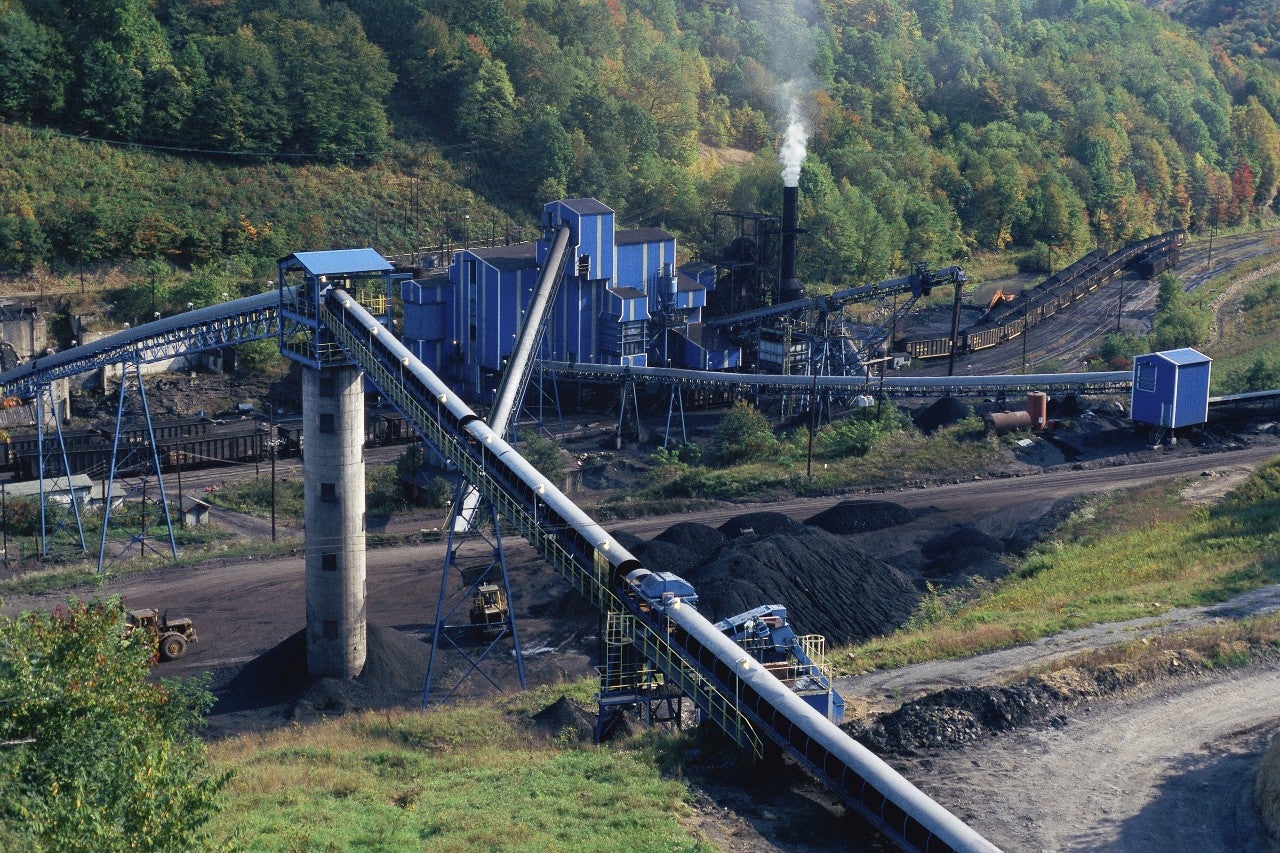Donald Trump’s populist message at the 2016 election to reinvigorate the US industrial sector, including mining, had the sector hopeful for a relief from an ongoing decline, particularly in the coal sector. Whilst the Trump administration has reduced red tape and regulations, it has not been able to stem the decline of the coal sector. Jobs fell from 50,900 to 50,400 between January 2017 and February 2020, before the coronavirus began to impact employment, with production of coal declining from 703m tonnes in 2017 to 634m tonnes in 2019, and forecast to continue to fall, down to 505m tonnes by 2024.
Nevertheless, there have been actions to improve the prospects for a range of other metals and minerals. In 2018, President Trump’s executive order generated a list of 35 minerals deemed critical for national security and economic prosperity. By definition, a critical mineral is considered “a non-fuel mineral or mineral material essential to the economic and national security of the US, the supply chain of which is vulnerable to disruption.” The list includes battery commodities such lithium, cobalt and graphite; uranium for nuclear fuel; those required for steel production such as manganese and chromium; as well as potash, PGMs, aluminium and rare earths. In order to reduce the US’ dependence upon other countries for the supply of these minerals, projects involving this list of minerals would be more likely to receive government grants or be approved.
On 30 September 2020, the president issued an executive order “Addressing the Threat to the Domestic Supply Chain from Reliance on Critical Minerals from Foreign Adversaries” and declaring a national emergency. According to President Trump, the US relies on imports for more than half its annual consumption of 31 of the 35, with no domestic production at all for 14. In addition, 80% of its imports of rare earths are directly from China, with much of the remainder indirectly sourced from China through other countries. As well as improving the US’ supply chains and processing capabilities of critical minerals, it also suggested the possible “imposition of tariffs or quotas, other import restrictions against China and other non-market foreign adversaries whose economic practices threaten to undermine the health, growth, and resiliency of the United States”.
This is clearly a boost for the mining sector, and, should Trump be re-elected, it would spur more exploration activity for these critical minerals, hopeful that, whilst not all projects would be approved, applications would at least be processed at a reasonable speed.
At present, GlobalData is tracking almost 350 mines and projects with commodities in the list. The majority are at the exploration stage, while 33 are in operation – mostly uranium and potash – and 5 in construction. By state, the largest numbers are in Nevada, Nevada, Wyoming, Utah, Colorado and New Mexico.

Mr. Biden, by contrast, has a more pro-environmental stance, and has made it clear he is looking to gradually transition away from oil to renewable energy. While he has been reported to have assured miners he also supports improving the domestic supply chain for lithium, copper, rare earths, nickel and other strategic materials that are imported from China, more significantly, should he win, he plans to spend $2tn on electric vehicle (EV) infrastructure and other green projects. This will have a very positive impact on commodities used in EVs such as lithium, copper, nickel and cobalt, as well as those important for solar panels and renewable energy infrastructure. His plan to “build our economy back better” will also support rail infrastructure investment which would drive steel consumption.
Where the sector would suffer versus under Mr. Trump would be coal, where Mr. Biden would be expected to phase out taxpayer subsidies for fossil fuel companies, although he has been keen to assure voters he has no plans to eliminate the industry all together. His official climate plan sets a deadline of 2050 for the country to reach net-zero emissions, and the policies include ending fossil fuel subsidies and blocking new oil and gas leases on public lands and investing in clean energy, amongst others.
Additionally, approval time would be expected to be longer and there would be greater chance of projects being rejected due to their impact on the environment. For example, Northern Dynasty Minerals’ Pebble deposit in southwest Alaska would have greater chance of going ahead under a Trump administration, as it contains critical minerals, including rhenium, which has uses in the defence sector. An updated mineral resource estimate in August 2020 showed it was estimated to contain 2.6 million kilograms of rhenium, 57 billion pounds of copper, 71Moz of gold, 3.4 billion pounds of molybdenum, and 345Moz of silver. However, Mr. Biden is known to be opposed to the mine going ahead.
While views received via a Mining-Technology.com poll, suggest a Trump victory would be better for the mining sector, certain commodities, such as those related to batteries, would be expected to win whatever the outcome, with a recovery from Covid-19 also supporting the mining and commodity markets.






